Monday, January 25: The Scribbler
THEORETICALLY SPEAKING
by James Lincoln Warren
I think that most writers learn their craft through reverse engineering: you take a story you like, figure out how its different ingredients make it tick, and try to construct something along the same lines. A well-known example of this is Mary Higgins Clark’s claim that she learned how to write her first book by writing down the first and last sentences of Daphne du Maurier’s Rebecca, separated by a summary of action of what happens between them, thereby creating a kind of template of the novel’s narrative structure.
The process of developing general rules from an inductive examination of specific facts is called abstraction — this is what is meant when somebody talks about abstract as opposed to concrete thought. A cohesive structure of abstractions is called a theory. Because a theory has a strictly conceptual rather than a physical reality, the word theoretical is frequently misapplied to mean hypothetical. It’s true that many theories are little more than extended hypotheses—but a good theory has two important qualities that give it a much stronger validity than a mere hypothesis: it explains everything you’ve observed, and it accurately predicts events that have yet to be observed. People usually think of theories in the context of scientific modeling, like the Theory of Special Relativity or the Theory of Evolution, but theories are just as robust in the arts.
Consider “Music Theory”. In our Euro-American culture, this usually means studying the component parts and structural elements of the traditional norms of Western music. You learn about major and minor scales, assonance and dissonance, cadences, triadic harmony and chords and their progressions, the various kinds of counterpoint, and so on. Open a hymnal, and the songs therein all obey the rules of traditional harmony as taught in a freshman music theory course. The student will be required to write exercise chorales in four-part harmony (soprano, alto, tenor, bass), adhering to the rules he is taught.
The composers who invented traditional harmony, though, didn’t learn to do it by reading a first-year Harmony book. The theory of harmony was actually invented after harmony itself, a distillation of the observed techniques used by composers.
Whenever you take a creative writing course or attend a seminar, the instructor is schooling you in his particular theory of writing. The chances are that his theory is going to be based on what he values about the works of fiction he most admires. Nothing wrong in that. When I teach writing short stories, I like to talk about plot points and narrative streams, conflict, tension, and resolution. Another teacher may strive to inspire her students by invoking the physical senses in order to imbue their writing with an evocative style. What’s different between those two approaches says a lot about what we individually find important in story-telling. I think a sense of theory is instrumental in honing one’s craft.
But even so, writing theory is not the same thing as writing. Having a theoretical approach may help you understand what you’re doing; it can aid in showing you why something may not work as well as it ought; and it might point to the direction you want to move in to give your tale the punch you want it have—but it won’t replace talent. Some people know how to tell a joke, and some people don’t—but that says nothing about how well-developed their senses of humor are. That’s why theory follows observation and not the other way around.
So if you’re still looking for that first big sale, my advice is the same as for getting to Carnegie Hall:
Practice, practice, practice.









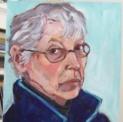

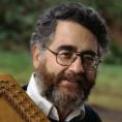
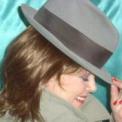



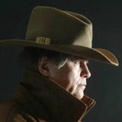
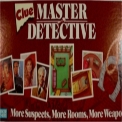


“When I teach writing short stories, I like to talk about plot points and narrative streams, conflict, tension, and resolution.”
So, James, when and where do you teach? I’d love taking a class from you.
Wherever and whenever I’m invited.
The last time I gave a presentation on writing short stories was at the California Crime Writers Conference last summer, which I shared with Melodie Johnson Howe.
You can hear the recording of the presentation and follow the diagrams I used to discuss story structure here.
I love the use of “reverse engineering” in this context.
Your ending may me think, for the first time in years, of ALIEN NATION, maybe the best science fiction mystery TV series. In one episode the main alien, George Francisco attempts to tell a joke.
“A man walks up to another man and says ‘Excuse me, where is Carnegie Hall?’ And the other man says ‘Practice.'” Then George laughs.